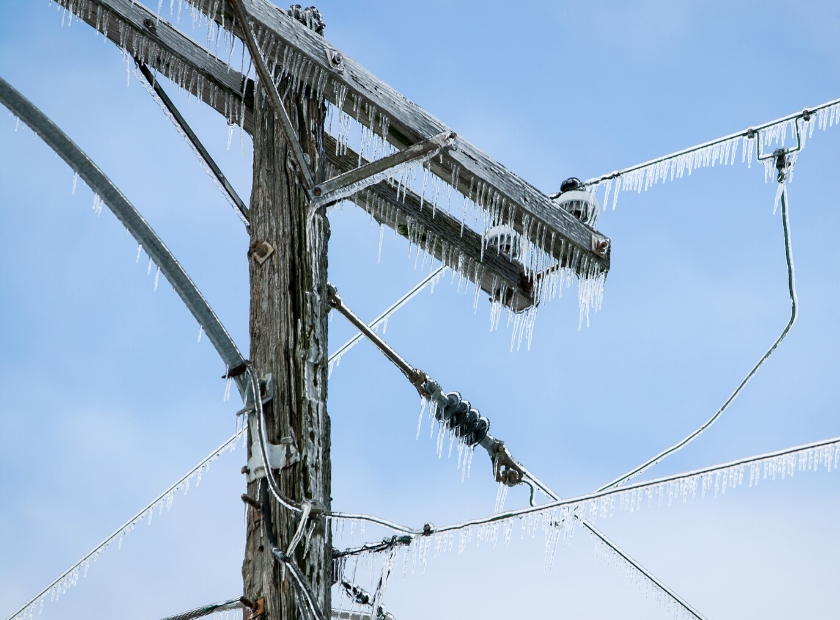3 Steps to Prepare for a Power Outage

Here's Why You Need to Have a Plan that Includes the Best Products for a Power Outage
Knowing what to do in the event of a power outage can only get you so far if you’re not prepared for it. If it hasn’t already happened to you, chances are pretty high that it will in due course, and when it does, there’s nothing more infuriating than being unprepared. If it’s not caused by a technical glitch or a scheduled interruption, the unwieldy hand of Mother Nature can force heavy winds, lightning, rain and ice to disable power lines and cause an outage. If that’s the case, there’s simply no telling when it will occur or how long it will last, although some power companies advise the public to prepare to be self-sufficient for at least 72 hours. With that said, in the interest of curbing any feeling of regret and self-loathing, we suggest three simple steps that may come in handy in case of an emergency.
Step 1: Take an inventory
It’s important to know what essential appliances you use that depend on electricity. If you can’t identify alternative options (see next step), stock up on batteries, keep power banks fully charged at all times, and consider a backup power supply like a standby generator. Also, remember to take inventory of your supplies, this includes non-perishable food and water, flashlights, candles, extra blankets, toilet paper, first aid kits and medical supplies.
Step 2: Identify alternative sources of heat and light
In the event of a blackout, utilizing a sustainable source of heat and light is a much more reliable and efficient use of resources. For lighting, the JOI Lamp for example, is powered by heat from a single tea light and converted using thermoelectric technology to activate the lamp’s eight LEDs. If you have a wood-burning stove or fireplace, it’s important to keep it cleaned and ensure there is a reserve of dry, chopped wood nearby and matches on hand. To get the most flame for your fuel, we recommend a product like Firemizer to place under your logs, which can keep your fire burning for up to 45 minutes longer. Another fantastic fuel efficient product is Ecofan which creates its own electricity to better circulate warm air from a wood stove. Using only the heat from the stove, Ecofan uses the same technology as JOI to stay powered.
Step 3: Have an evacuation plan
Unfortunately, power outages can sometimes lead to more serious, life-threatening situations where you are advised to leave your home in order to get to safer areas. Tsunamis, hurricanes, wildfires, earthquakes and tornadoes are just some natural disasters that can force people out of their homes, while having no assurances on when they can return. That’s why it’s important to listen for emergency alerts and know where your nearest community designated safe zone is. Keep a backpack or duffel bag within reach to pack what you need at a moment’s notice. Some less obvious items to pack include a paper map, important documents (including ID), and a whistle. No matter what you’re in for, it’s good practice to have an emergency action plan in place.






